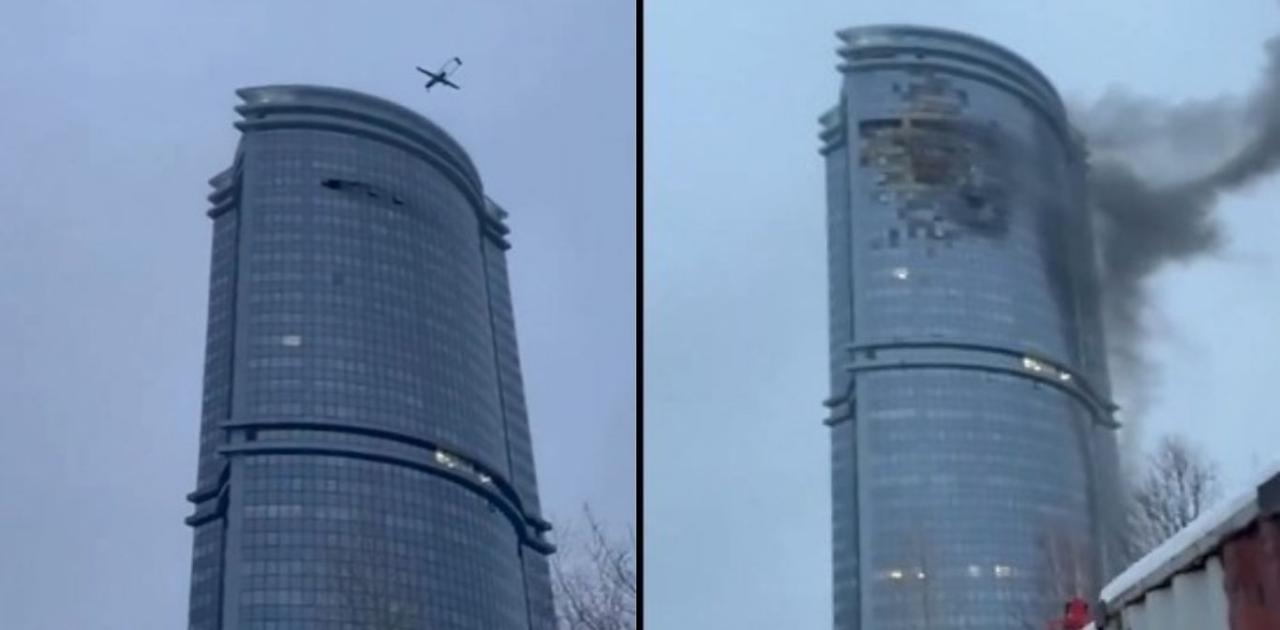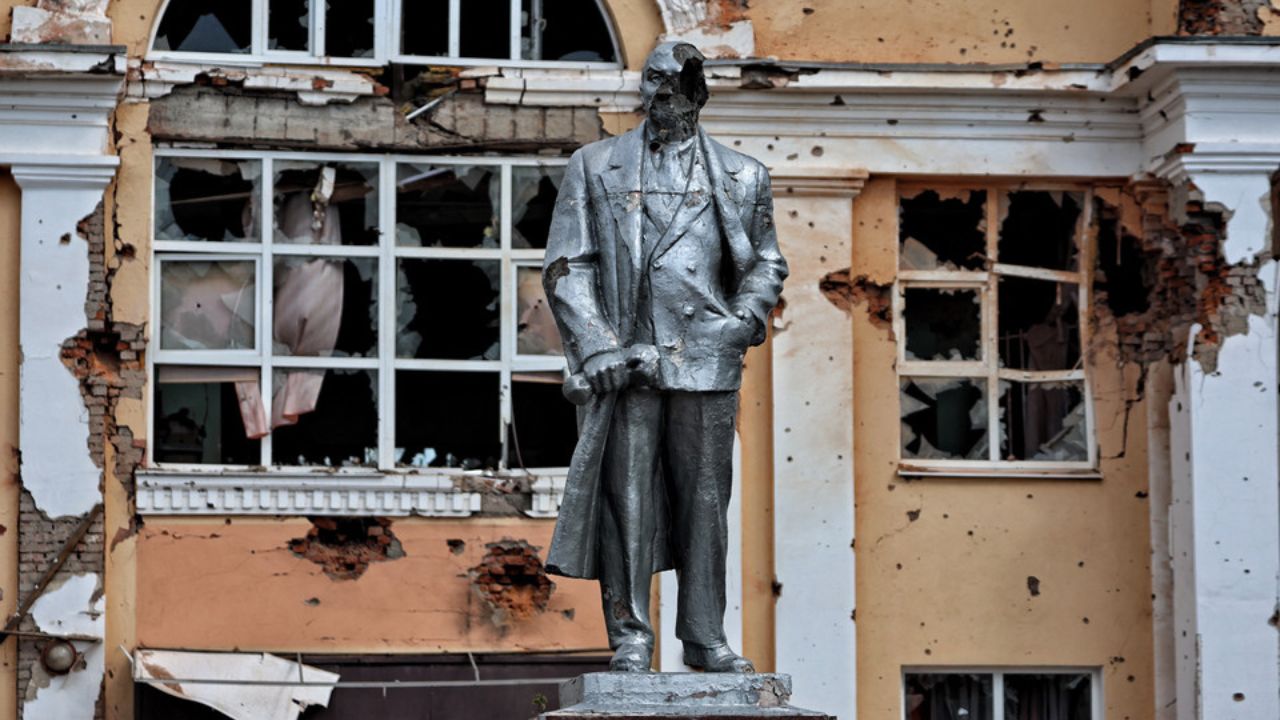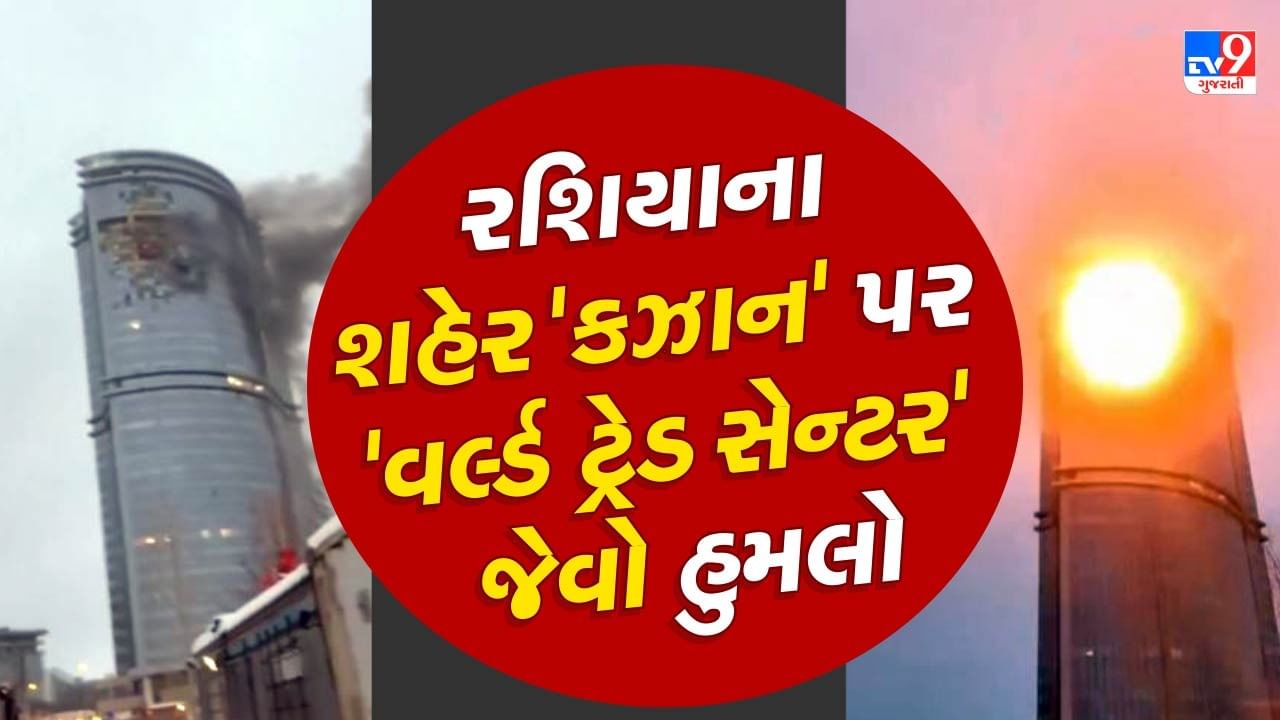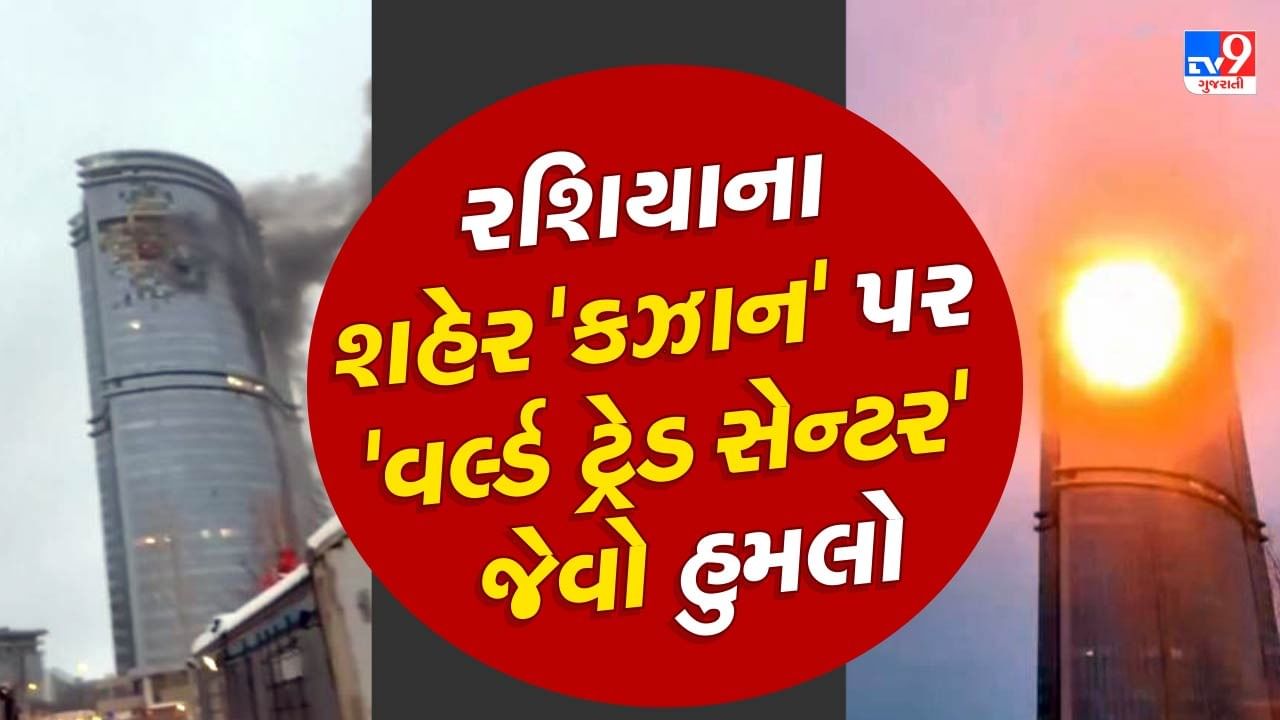Kazan drone attack marks a significant event, demanding a thorough examination of its circumstances, implications, and aftermath. This analysis delves into the specifics of the attack, exploring the technology employed, potential perpetrators, and the broader security and geopolitical ramifications. We will consider the immediate and long-term consequences, including the public reaction, international response, and the necessary adjustments to security protocols.
The incident raises critical questions about drone technology’s evolving capabilities, the vulnerability of urban centers to such attacks, and the effectiveness of current countermeasures. Understanding this event requires a multi-faceted approach, considering technological, political, and social factors to fully grasp its impact.
The Kazan Drone Attack: An Overview
The drone attack on Kazan, while still under investigation, presents a significant event with implications for urban security, drone technology, and international relations. This analysis examines the event’s timeline, the technology potentially involved, attribution challenges, security implications, public and international responses, and potential long-term consequences.
Event Overview: The Kazan Drone Attack
The attack involved multiple drones targeting unspecified locations within Kazan. Reports varied on the extent of damage and casualties, with initial accounts suggesting minor infrastructure damage and no fatalities. A clearer picture emerged as investigations progressed, revealing the sophisticated nature of the attack and the potential for far greater damage had the drones been more precisely targeted or carried a heavier payload.
The timeline began with initial reports of drone sightings and sounds of explosions. Emergency services responded swiftly, securing affected areas and commencing investigations. The aftermath involved damage assessments, forensic analysis of drone remnants, and increased security measures across the city.
| Date | Time | Location | Impact |
|---|---|---|---|
| [Insert Date] | [Insert Time] | [Insert Location – e.g., Industrial Zone, Residential Area] | [Insert Impact – e.g., Minor property damage, No casualties reported] |
| [Insert Date] | [Insert Time] | [Insert Location] | [Insert Impact] |
Drone Technology and Capabilities, Kazan drone attack

The drones used in the attack likely possessed advanced capabilities, suggesting a degree of sophistication in their design and operation. Several drone models could potentially fit the description of those used, each with varying ranges, payload capacities, and flight characteristics.
The recent drone attack on Kazan highlights the increasing vulnerability of civilian infrastructure to such threats. It’s a stark contrast to the more lighthearted tracking of Santa Claus, where you can find the NORAD Santa tracker phone number for festive updates. However, both events underscore the importance of robust security measures and effective monitoring systems, whether for protecting against real-world attacks or simply tracking a jolly holiday icon.
Factors such as flight endurance, navigation systems (GPS, inertial navigation, or autonomous waypoint navigation), and the ability to evade detection would have been crucial elements in the attack’s planning and execution. The potential for swarming tactics, where multiple drones coordinate their actions, further complicates the picture.
| Drone Type | Range (km) | Payload (kg) | Flight Time (hours) |
|---|---|---|---|
| [Example: Commercial-grade quadcopter modified for explosive delivery] | [Example: 20-30] | [Example: 2-5] | [Example: 1-2] |
| [Example: Military-grade fixed-wing UAV] | [Example: 100+] | [Example: 10+] | [Example: 4+] |
Attribution and Responsibility

Determining responsibility for the attack is crucial. Several actors could potentially be involved, each with different motives and capabilities. The investigation requires a thorough analysis of the drone technology used, the attack’s methodology, and the geopolitical context.
- Possible Perpetrator 1: [Example: A domestic extremist group]
– Motivation: [Example: To express political grievances or incite unrest.] - Possible Perpetrator 2: [Example: A foreign state actor]
– Motivation: [Example: To destabilize the region or demonstrate military capabilities.] - Possible Perpetrator 3: [Example: A criminal organization]
– Motivation: [Example: To disrupt operations or extort money.]
Security and Defense Implications
The attack highlights vulnerabilities in Kazan’s and potentially other cities’ drone defense systems. Strengthening counter-drone measures is paramount. This involves improving detection capabilities, enhancing countermeasures, and developing comprehensive strategies to address the evolving threat of drone attacks.
| Area | Current Measures | Proposed Improvements | Expected Impact |
|---|---|---|---|
| Drone Detection | [Example: Limited radar systems] | [Example: Deployment of advanced radar and sensor networks, AI-powered drone detection systems] | [Example: Increased detection range and accuracy] |
| Drone Countermeasures | [Example: Limited jamming capabilities] | [Example: Development of more sophisticated jamming technologies, directed energy weapons, drone interception systems] | [Example: Improved ability to neutralize hostile drones] |
Public Reaction and Media Coverage

The public response in Kazan ranged from concern and anxiety to anger and calls for increased security. Media coverage varied in its tone and focus, reflecting different perspectives and interpretations of the event. Some outlets emphasized the potential for escalation, while others highlighted the city’s resilience and the authorities’ swift response.
The media’s portrayal significantly shaped public perception, influencing opinions on security concerns, government response, and the potential for future attacks. The speed and accuracy of information dissemination also played a crucial role in shaping public understanding and trust.
The recent Kazan drone attack highlights the escalating use of unmanned aerial vehicles in conflict. Understanding the technology behind these attacks is crucial, and exploring companies like Sky Elements Drones, whose innovative technology can be found at sky elements drones , provides insight into both the capabilities and potential countermeasures. Such advancements underscore the need for robust defense strategies against future drone-based attacks like the one in Kazan.
International Response and Diplomacy
The international community responded with a mixture of concern, condemnation, and offers of assistance. Diplomatic efforts focused on investigating the attack, sharing intelligence, and coordinating responses to prevent similar incidents. The responses varied depending on countries’ geopolitical interests and relationships with Russia.
Recent reports detail a concerning escalation in drone activity near Kazan. The incident highlights the growing vulnerability of civilian areas to unmanned aerial vehicles. For more detailed information on this specific event, please refer to this comprehensive report on the kazan drone attack. Understanding the implications of this attack is crucial for assessing future security risks and developing effective countermeasures against similar threats.
- [Country/Organization 1]: [Example: Condemned the attack and offered assistance in the investigation.]
- [Country/Organization 2]: [Example: Expressed concern and called for restraint.]
- [Country/Organization 3]: [Example: Offered technical assistance in enhancing drone defense capabilities.]
Long-Term Consequences and Impacts
The Kazan drone attack will likely have long-term consequences for Kazan and the broader region. The economic, social, and political impacts will be felt for years to come. The incident could lead to increased security spending, changes in urban planning, and a heightened awareness of the vulnerability of cities to drone attacks.
| Area | Short-Term Impact | Medium-Term Impact | Long-Term Impact |
|---|---|---|---|
| Economy | [Example: Disruption of businesses, tourism decline] | [Example: Increased security costs, investment in drone defense] | [Example: Shifts in investment priorities, potential for economic recovery] |
| Security | [Example: Increased security measures, heightened public anxiety] | [Example: Development of new security protocols, changes in urban planning] | [Example: Enhanced security infrastructure, changes in public perception of safety] |
The Kazan drone attack serves as a stark reminder of the escalating threat posed by unmanned aerial vehicles. Analyzing the event’s various facets—from the technology used to the international response—highlights the urgent need for improved drone detection and defense systems, along with a deeper understanding of the potential motives and actors behind such attacks. The long-term consequences, both for Kazan and the global community, underscore the necessity for proactive measures to mitigate future incidents of this nature.
Further investigation and international cooperation are crucial to prevent similar occurrences and ensure the safety of urban populations worldwide.
FAQ Overview: Kazan Drone Attack
What type of damage was inflicted by the drones?
Reports varied, but the attack caused damage to infrastructure and resulted in injuries, though the exact extent remains subject to further investigation.
Were any arrests made in connection with the attack?
Information regarding arrests is currently unavailable publicly. Investigations are ongoing.
What is the current level of security in Kazan following the attack?
Security measures have likely been heightened in Kazan following the incident, though specific details are not publicly available.
